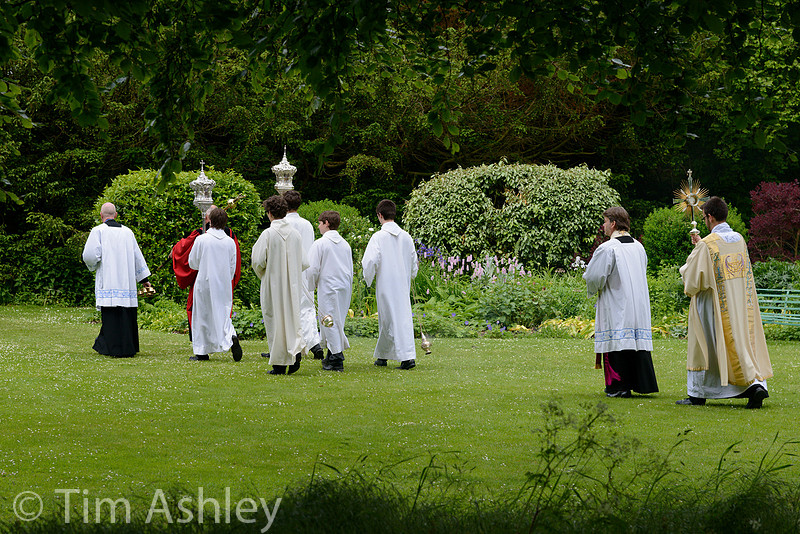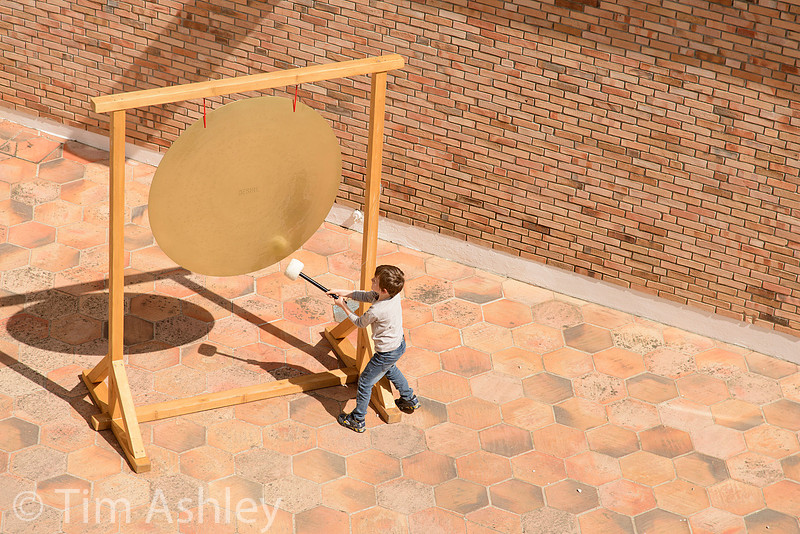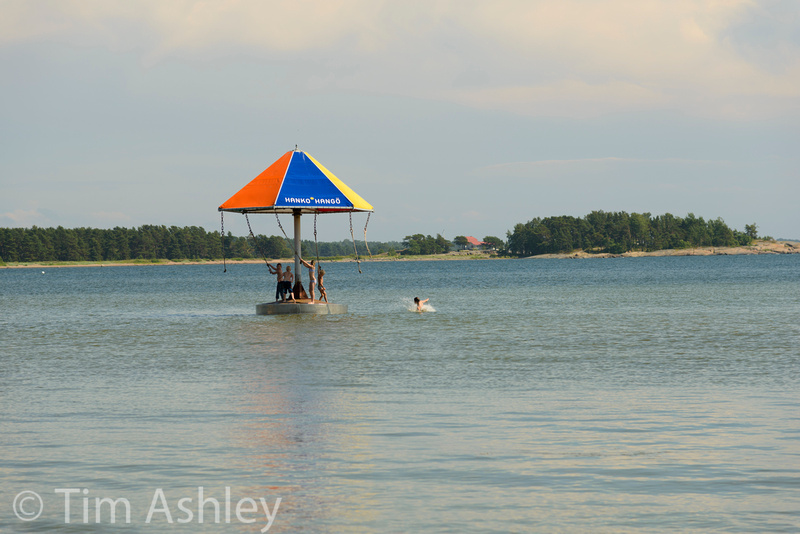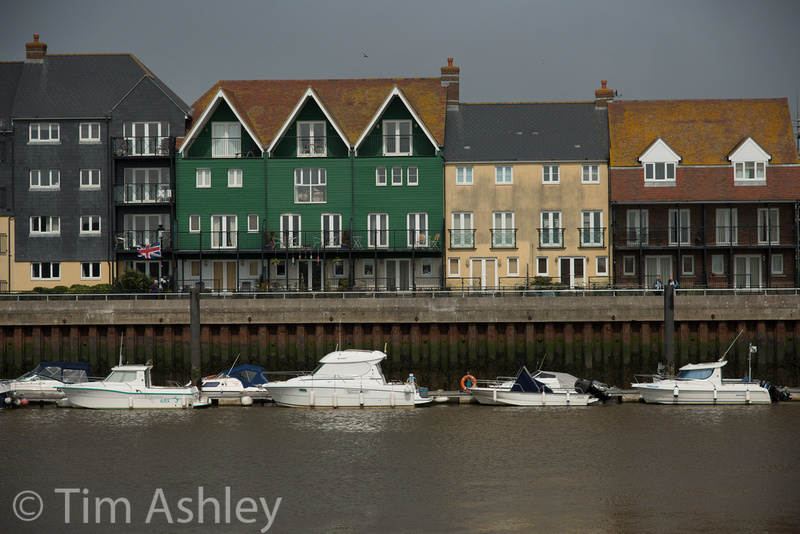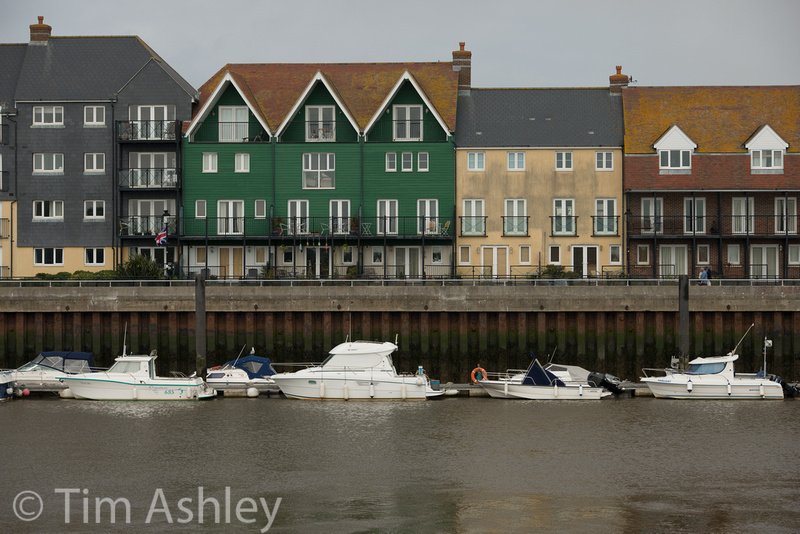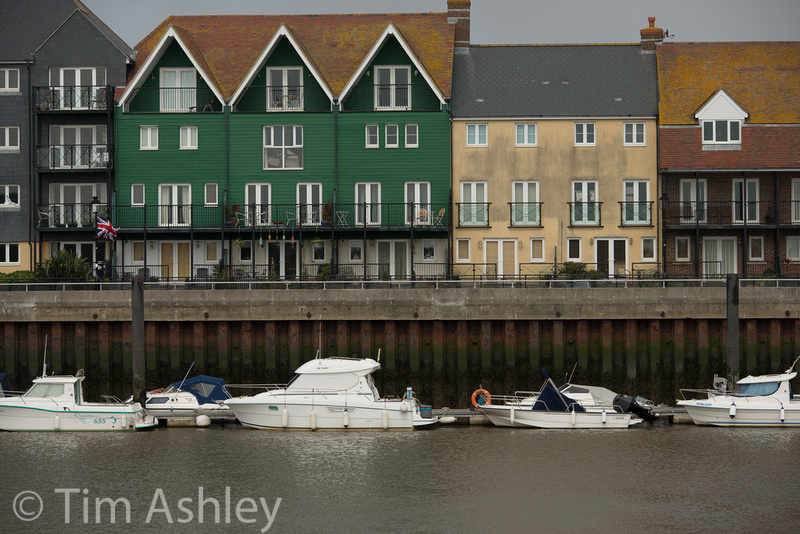24-120 F4G VR on D800E at the Telephoto end of the range.By now, you may have read the Introduction and Wide and Mid sections of this ongoing series of posts relating to this lens. So I will crack on with my usual comparison without repeating myself too much (I hope!) The key benefits of the 24-120 over the 'Trinity' mid-range zoom is its longer reach, covering the 70-120 range and therefore becoming a possible 'one lens' solution for certain purposes. Leave that humungous 70-200VRII at home? Yes please, if possible. But mid-range zooms that stretch into tele territory are traditionally at their weakest here. Let's see. Firstly a few shots at various focal lengths and apertures.
105mm @ f8
120mm @ f5.6
120mm @ f7.1
120mm @ f5.6
Now to the test shots. For my reference lens I have chosen the 70-200VRII rather than the best prime I have in this range (the Zeiss Makro-Planar 100mm F2) because it covers both my 100mm and 120mm focal lengths and because it is a direct competitor for this role. It is also IMHO an extraordinarily good lens. The scene was shot on a D800E using LV, LVAF (but checked at 100% on screen), 3 Second Delay, Gitzo 3 series CF tripod and Arca Cube. Rather than post crops that you might not think are representative, click on the image itself to get a 100% sized file at 91% JPEG quality in Adobe RGB. It was processed in LR4 with sharpening at 90/0.7/70/20 and with lens corrections ON but no corrections for vignetting or for CA or fringing. Import Profile was Adobe Standard. I advise that you try to look at it on screen at a resolution equivalent to around a 200 DPI print. On most existing monitors that means 50% zoom but on a Retina Macbook display it is 100% though you may want to avoid that for now, unless in Aperture or iPhoto, since other photo applications are not yet Retina optimised. 24-120mm at 98mm F5.6 (it's really hard to get exactly 100mm!) 70-200 at 102mm F5.6 On examining the full sized shots it is clear that the 24-120 zoom is within close spitting distance of the hallowed 70-200 over most of the frame. But at the edges (and the corners too, I've tested it) it falls notably behind. In truth, for a planar subject like this, I would always rather have the 70-200, by a long shot. To me the peripheral areas of the shorter zoom are not up to standard for serious use - by which I mean a 36 inch print. Even when my copy gets fixed and has a reliable right hand side (i.e. the same as the left hand side!) I would only use this lens happily for 'traditional' tele shots: those where the subject is somewhere in the middle and the edges are blurred on purpose by use of DOF.
On to the long end of the zoom: 24-120 at 120mm f5.6
70-200 at 125mm f5.6 (missed the exact focal length again, sorry.. the barrel markings are really only a guide) This is where the men get sorted from the boys: the 70-200 is clearly superior across the frame and though the 24-120 is pretty acceptable on centre, with the differences not very strong at all when viewed at 50% on screen, the sides and edges of the cheaper, shorter (lighter!) lens are pretty useless for anything planar. Again, I don't hesitate to use it for central subjects where blurred edges are appropriate but if I had a full-time assistant with muscles, I'd rather have the 70-200 any day: it is amazingly good across the entire frame AND it has better VR - a factor I will consider in a future post |

